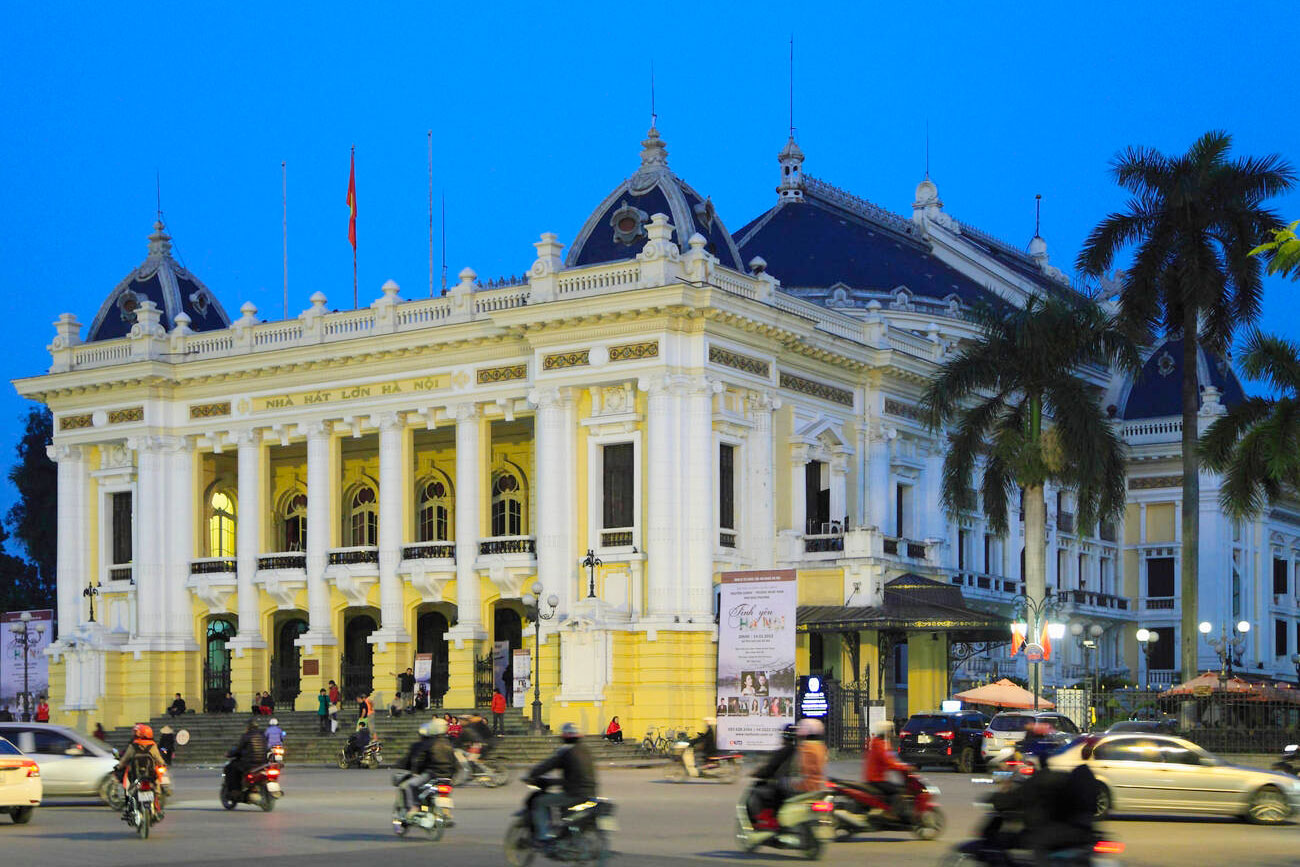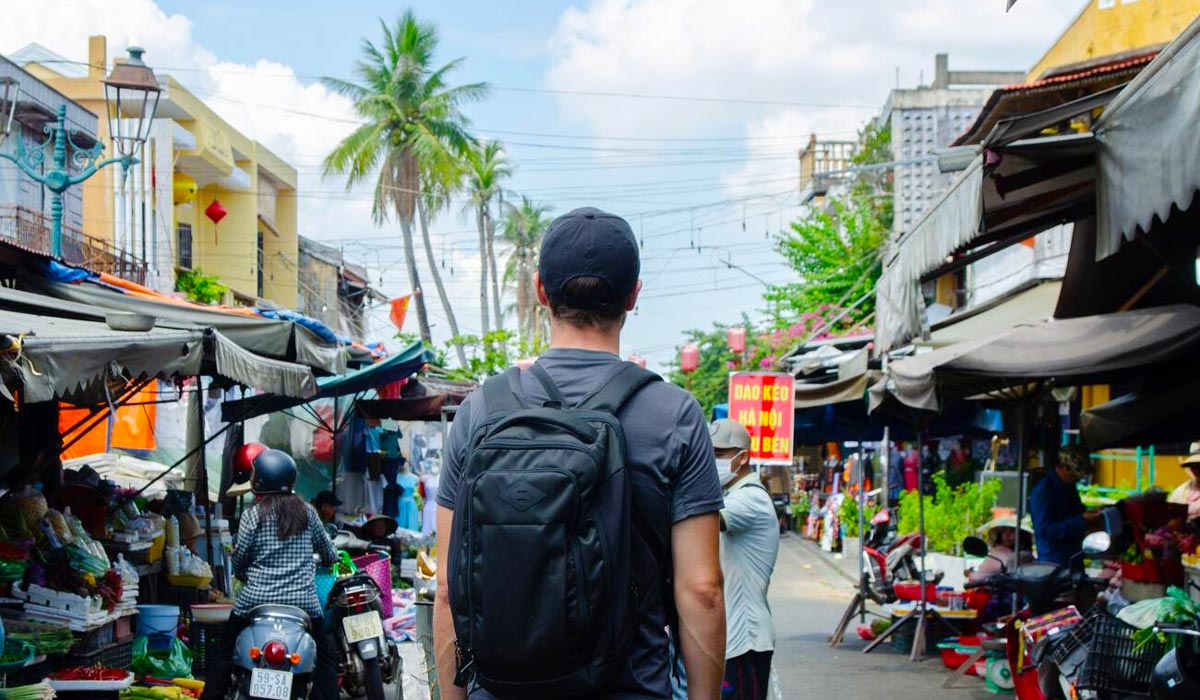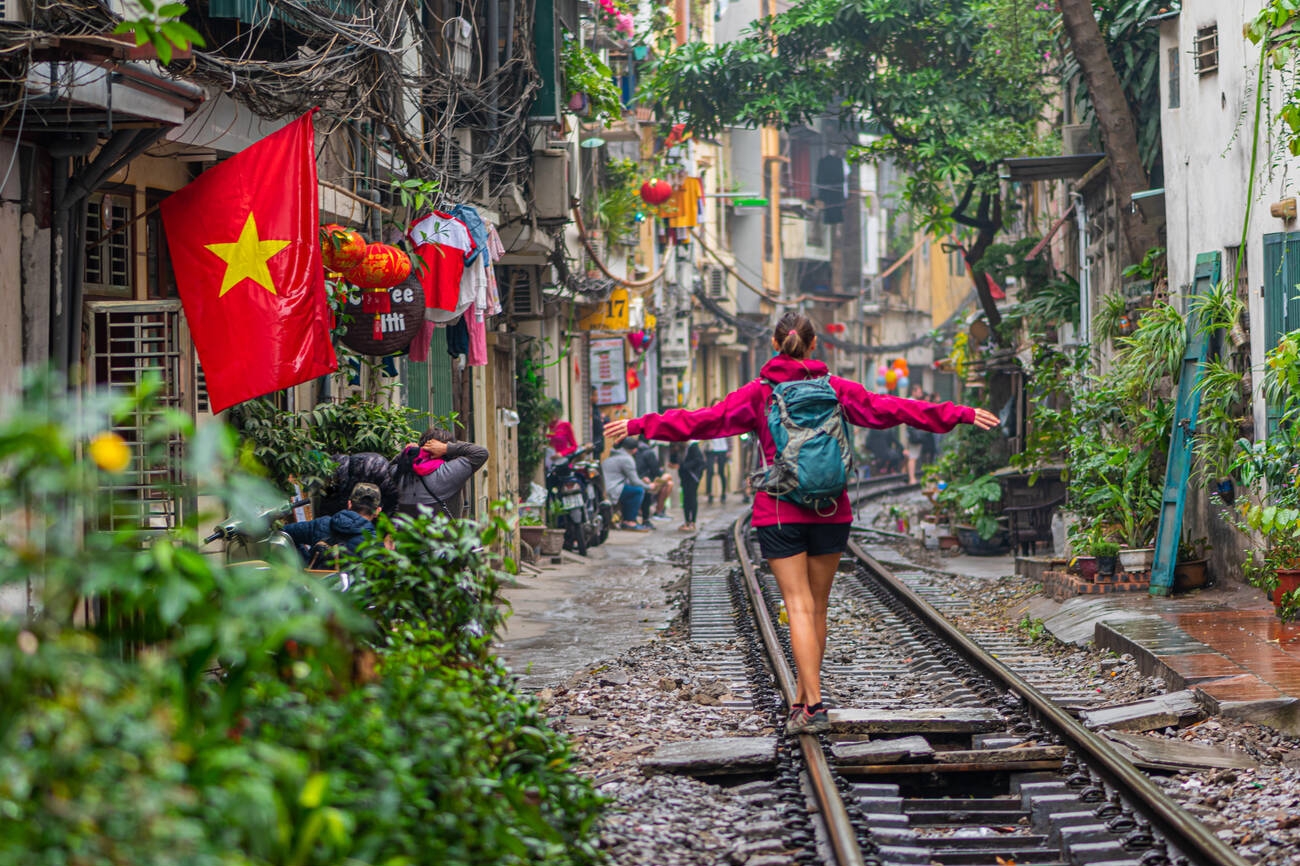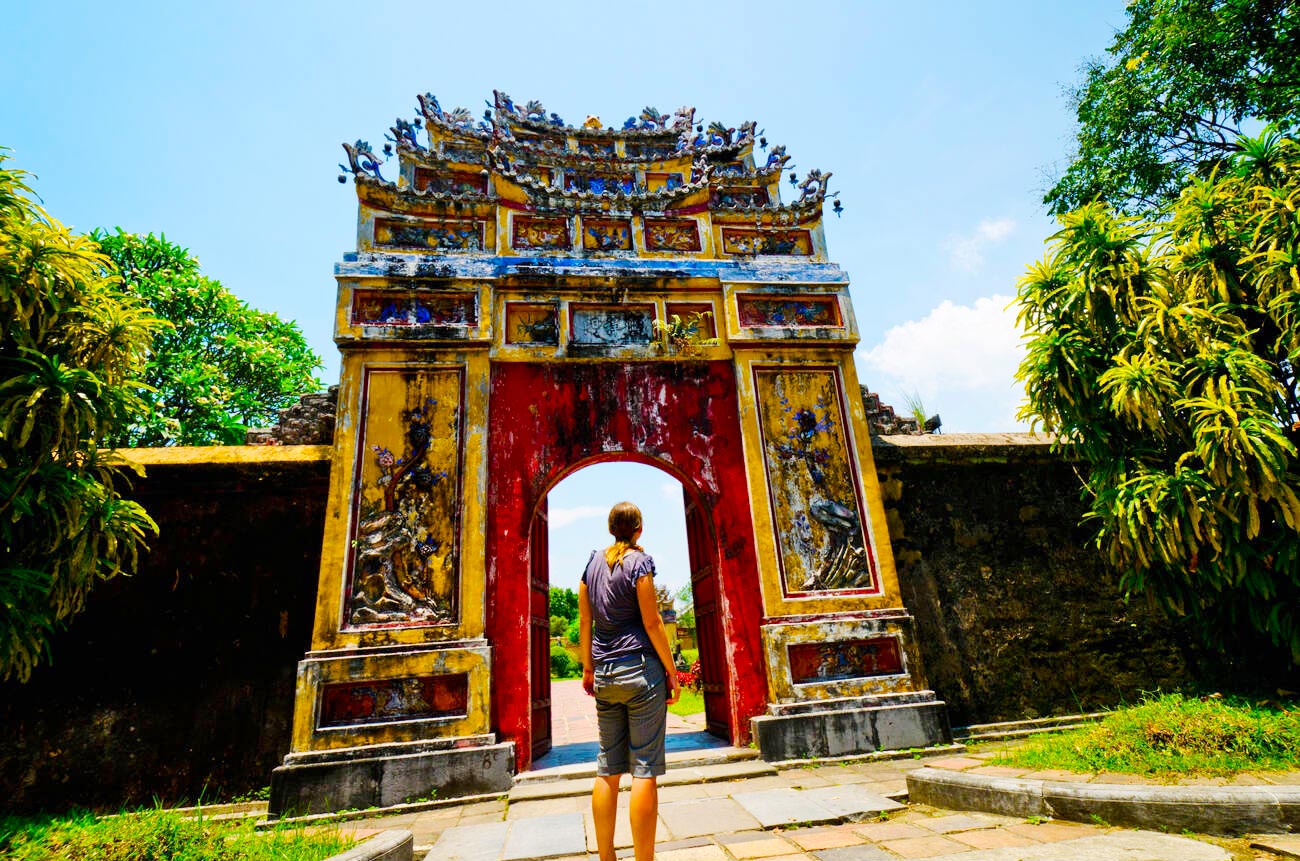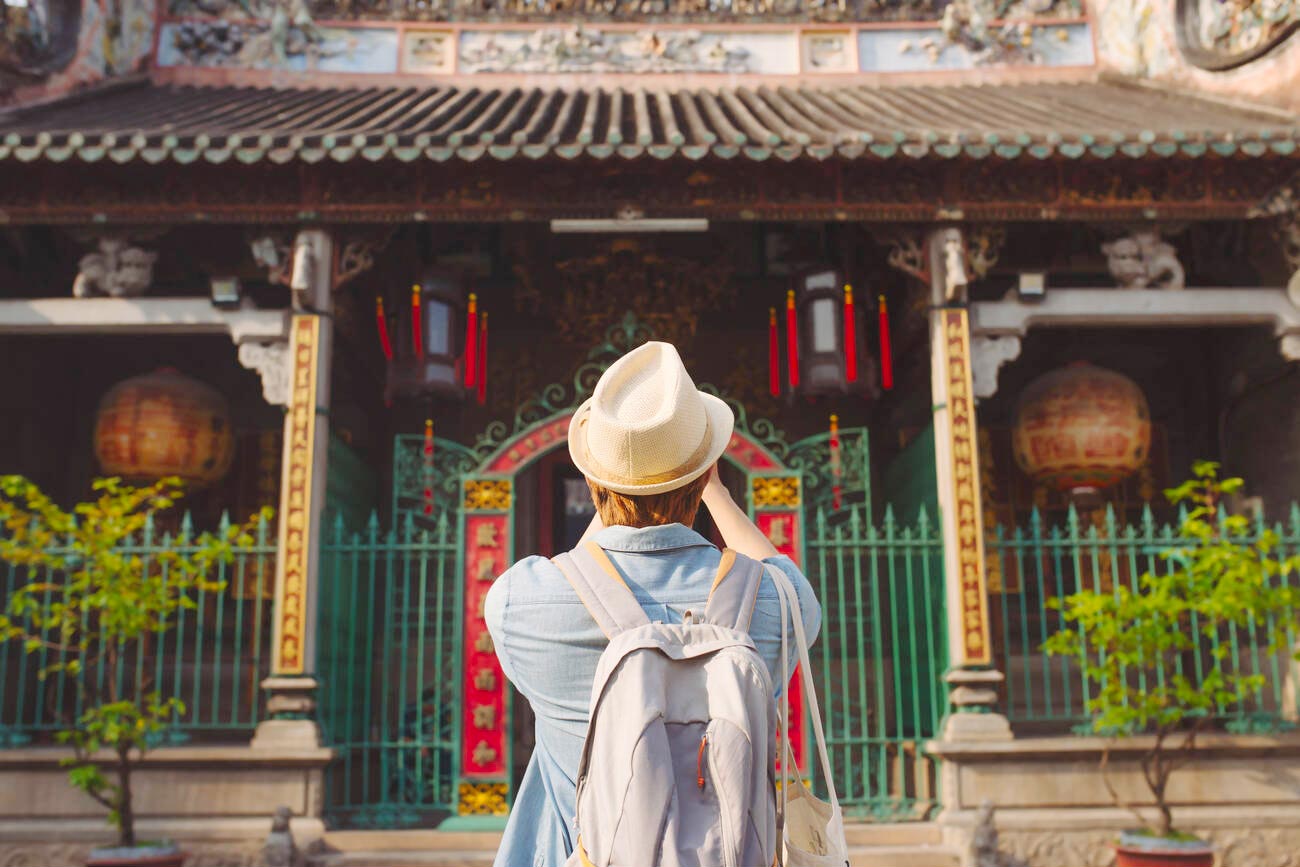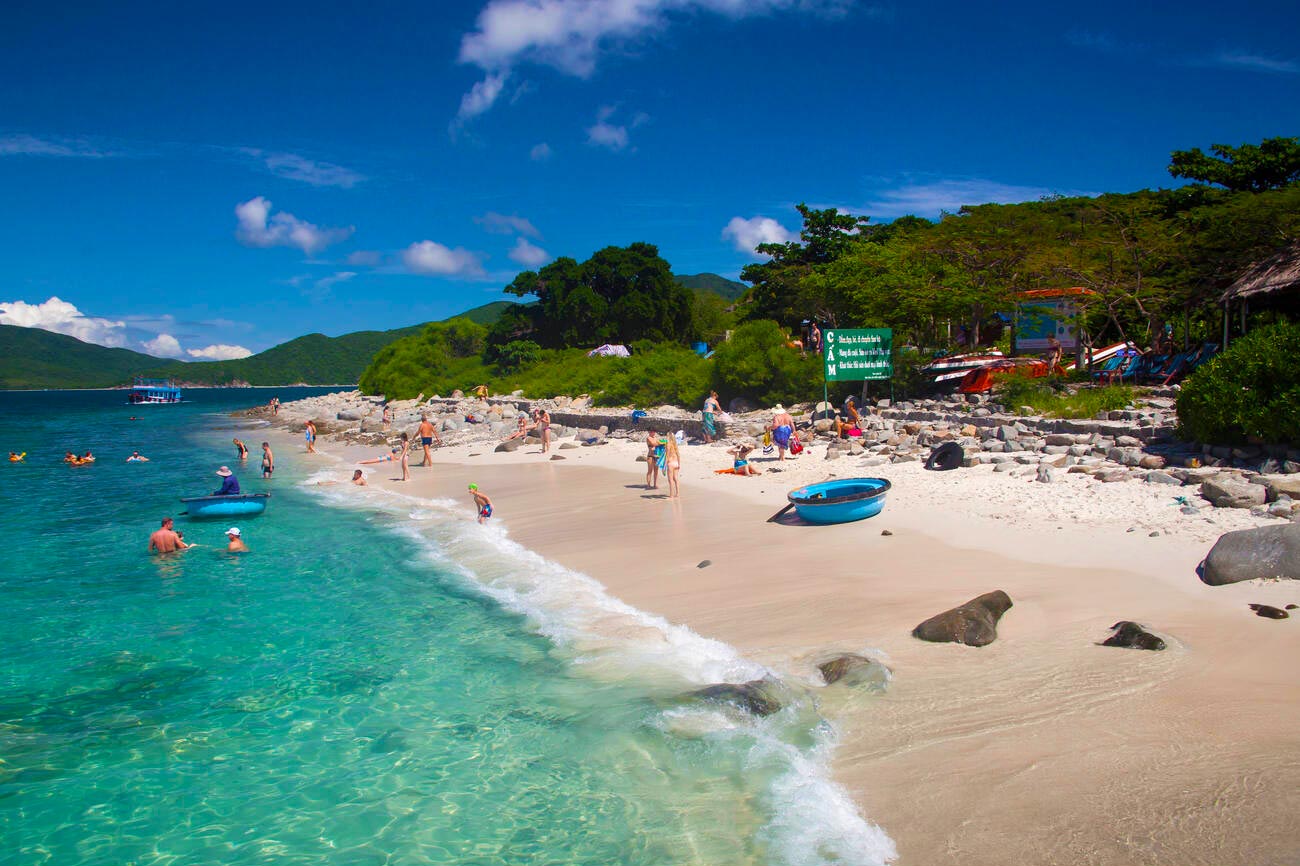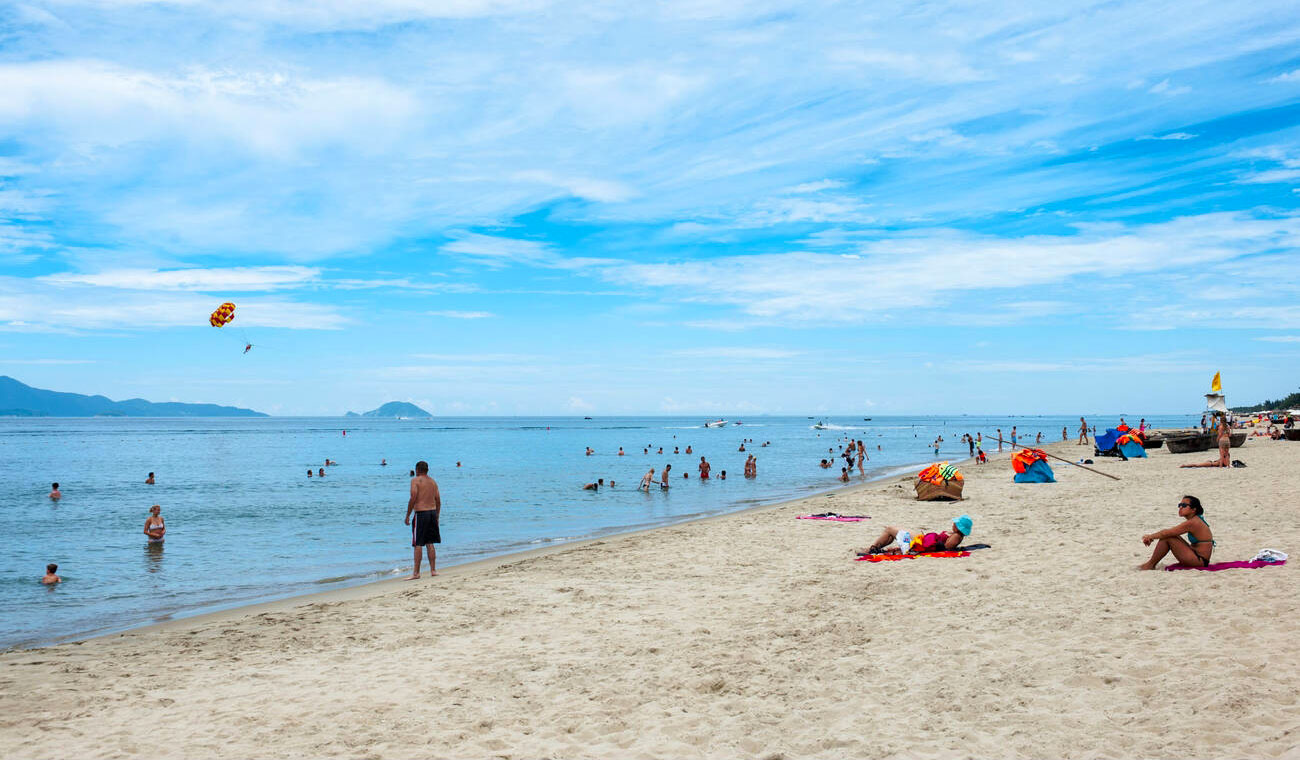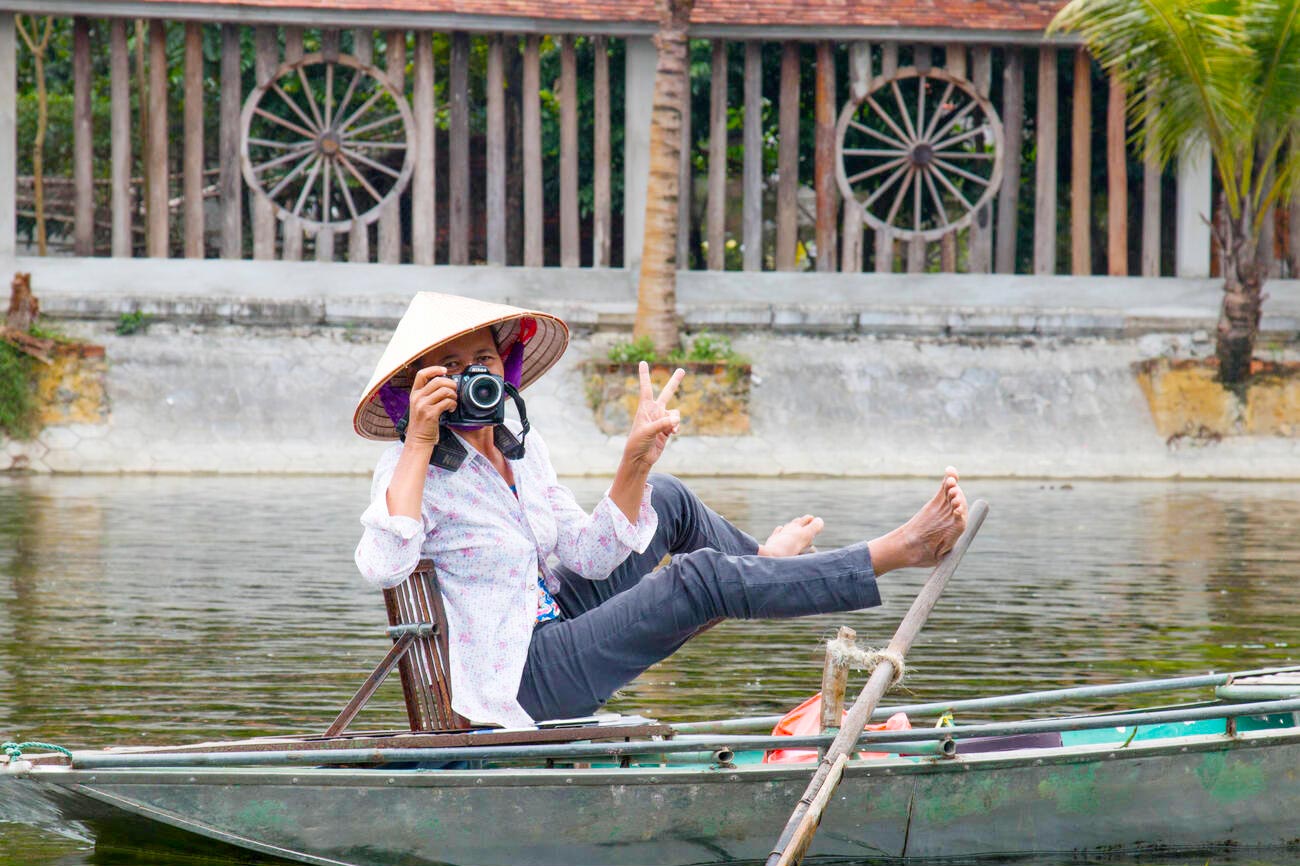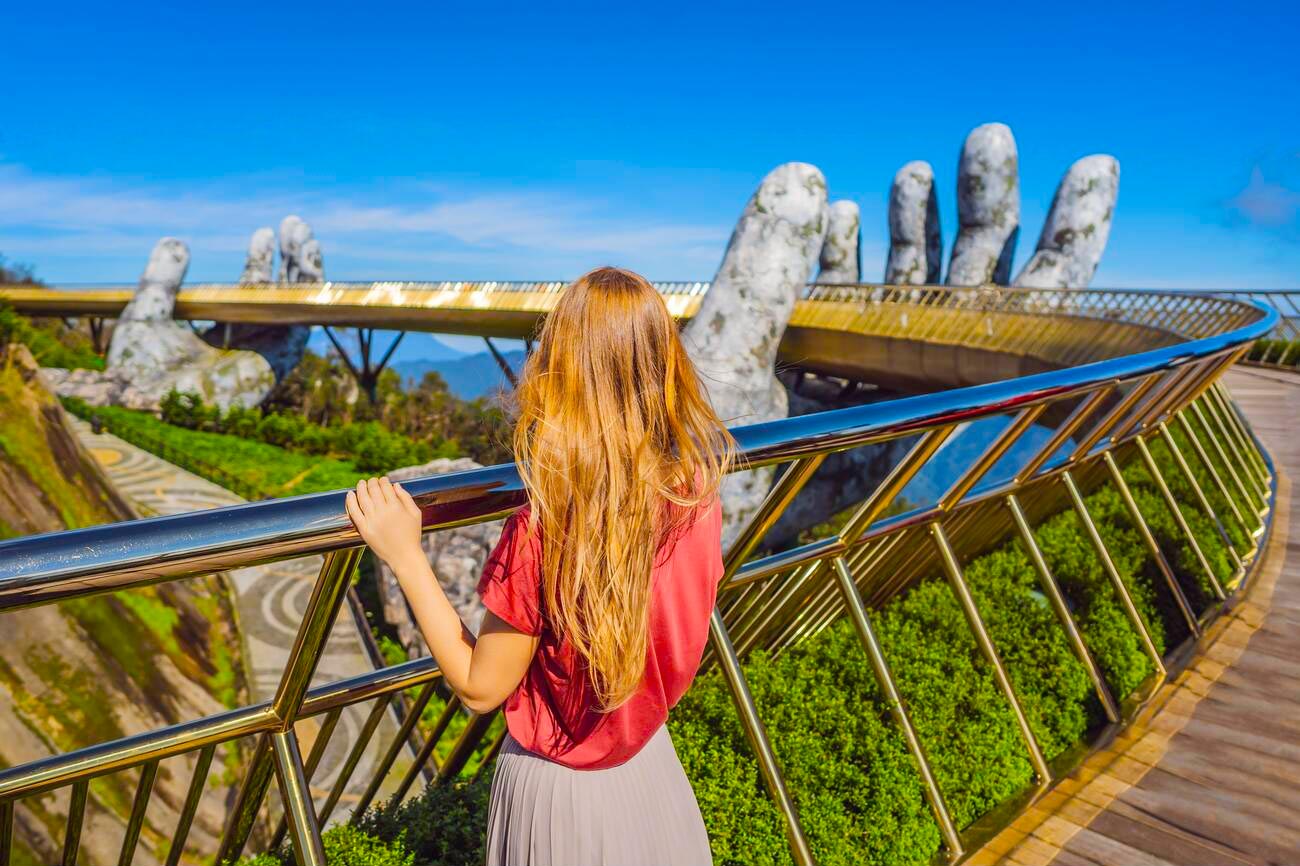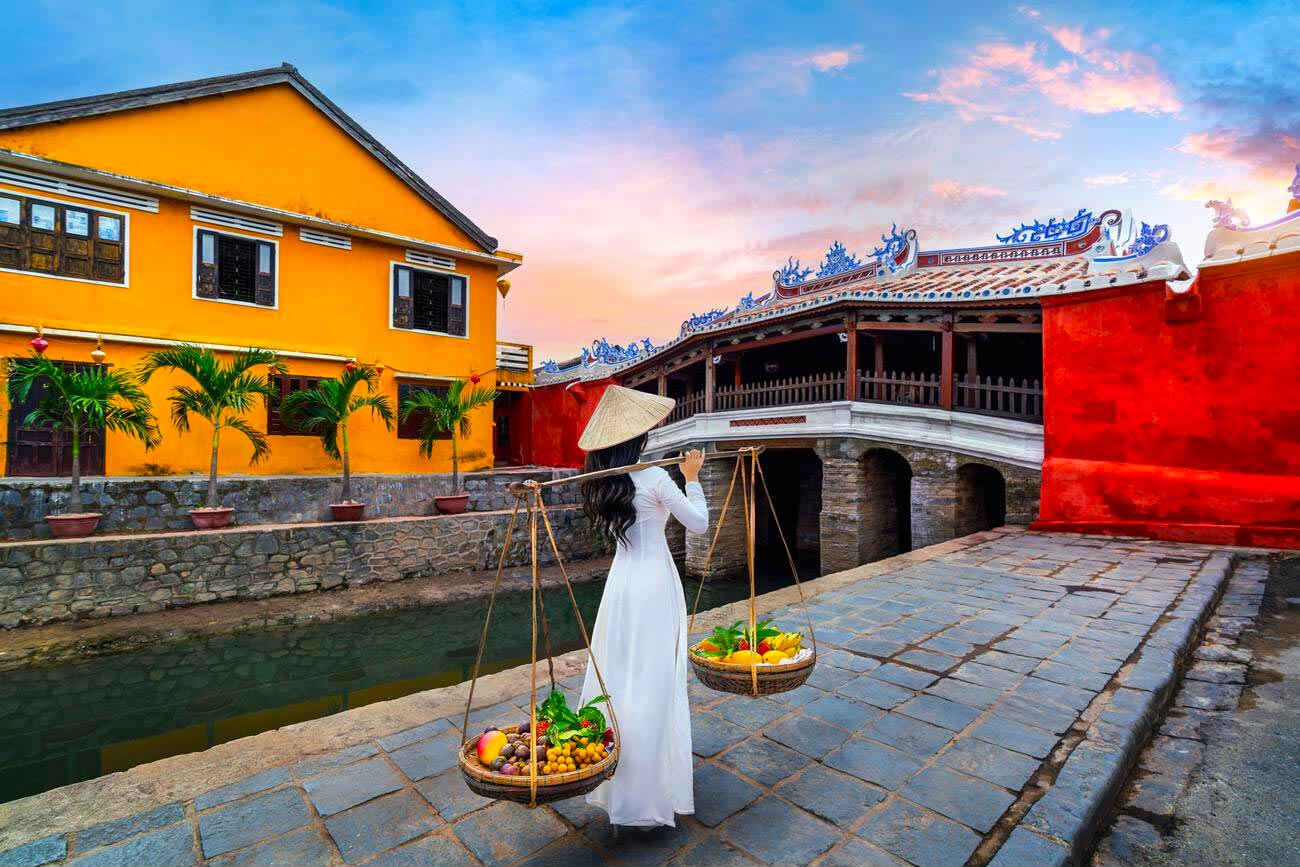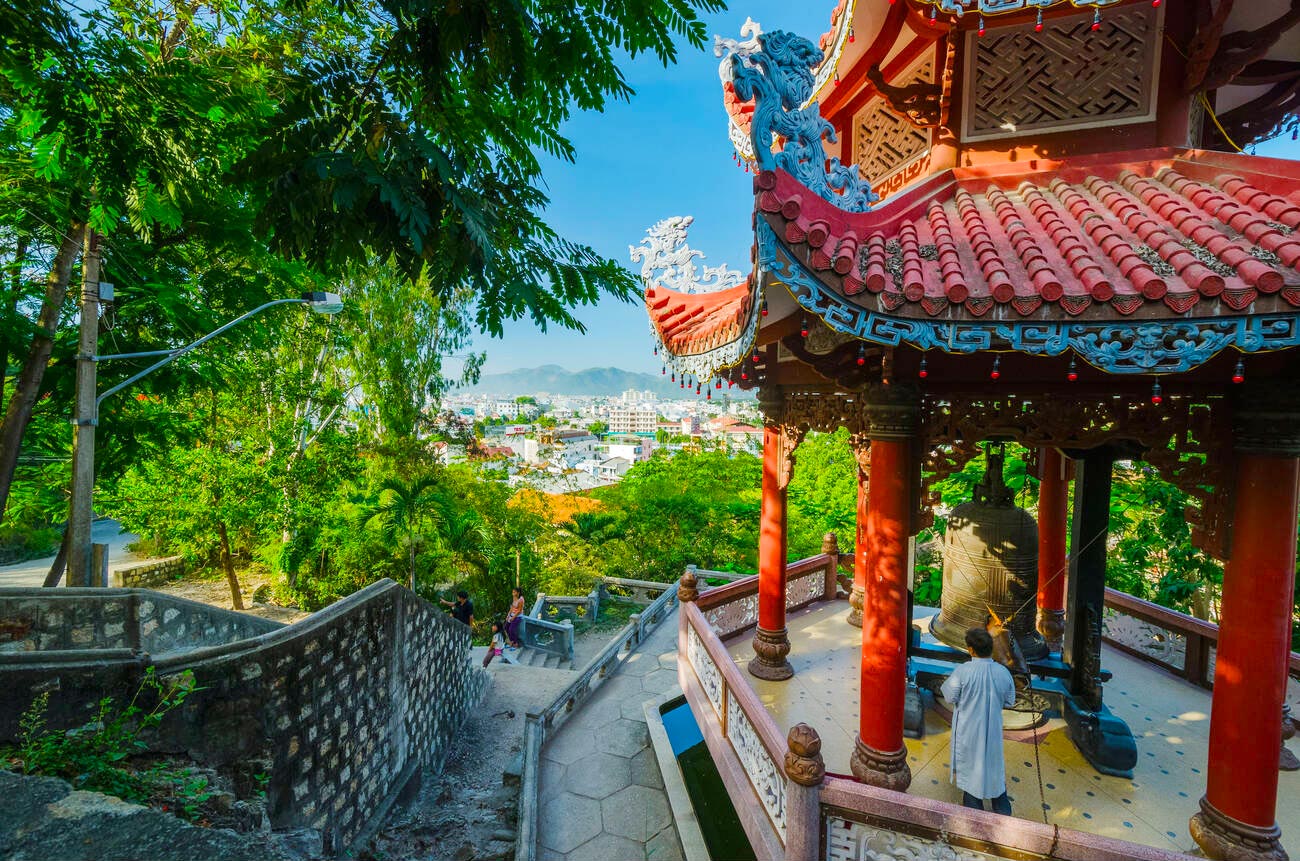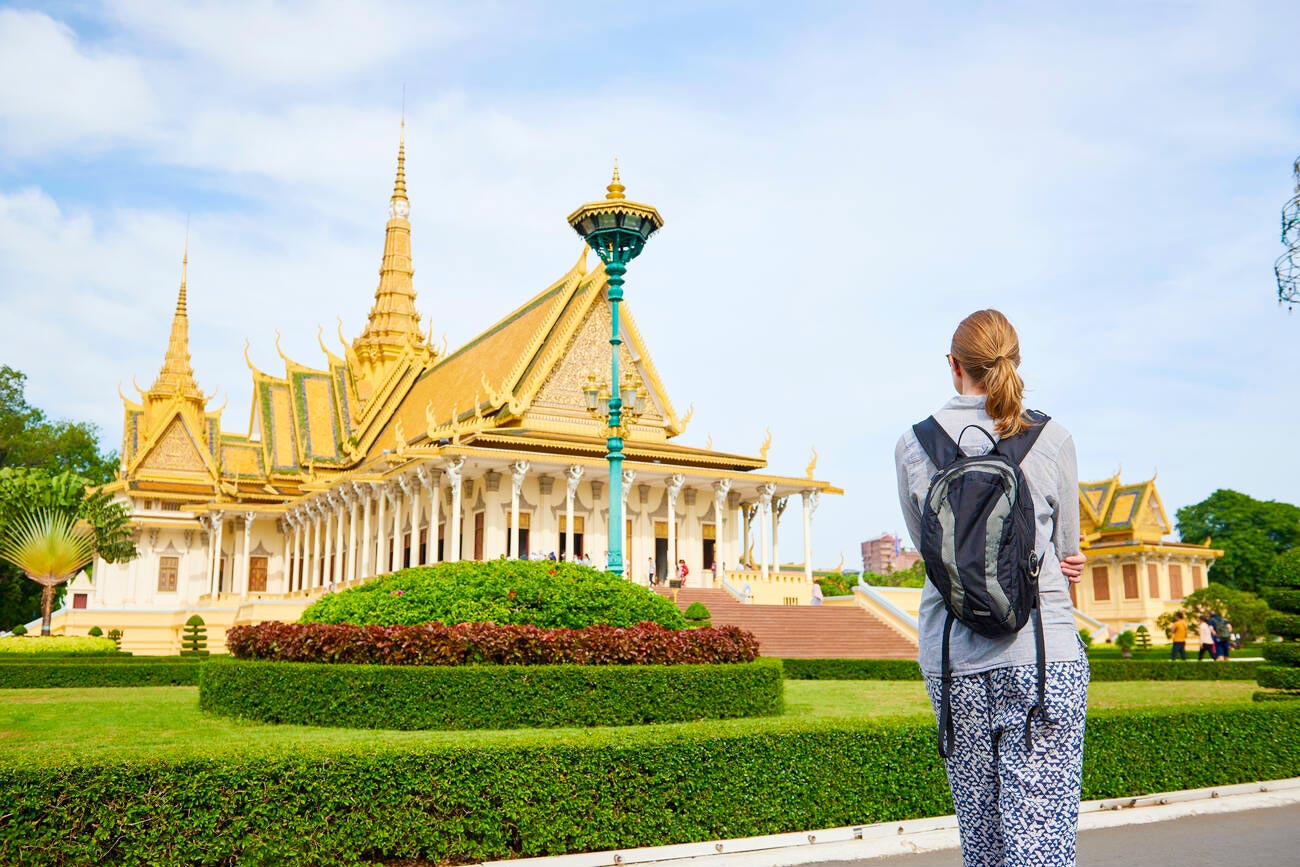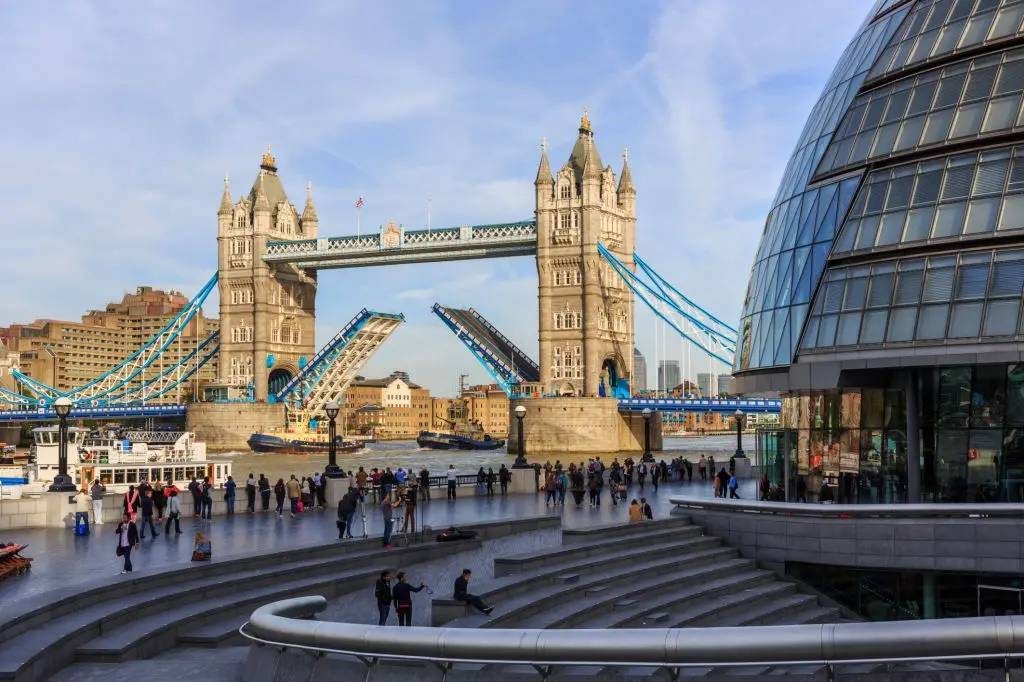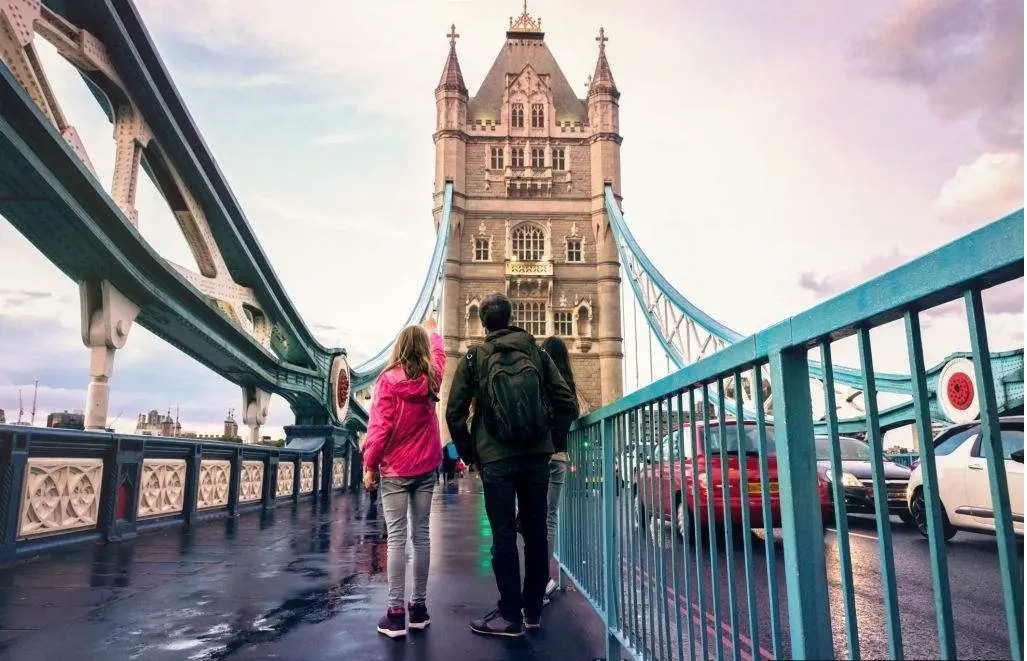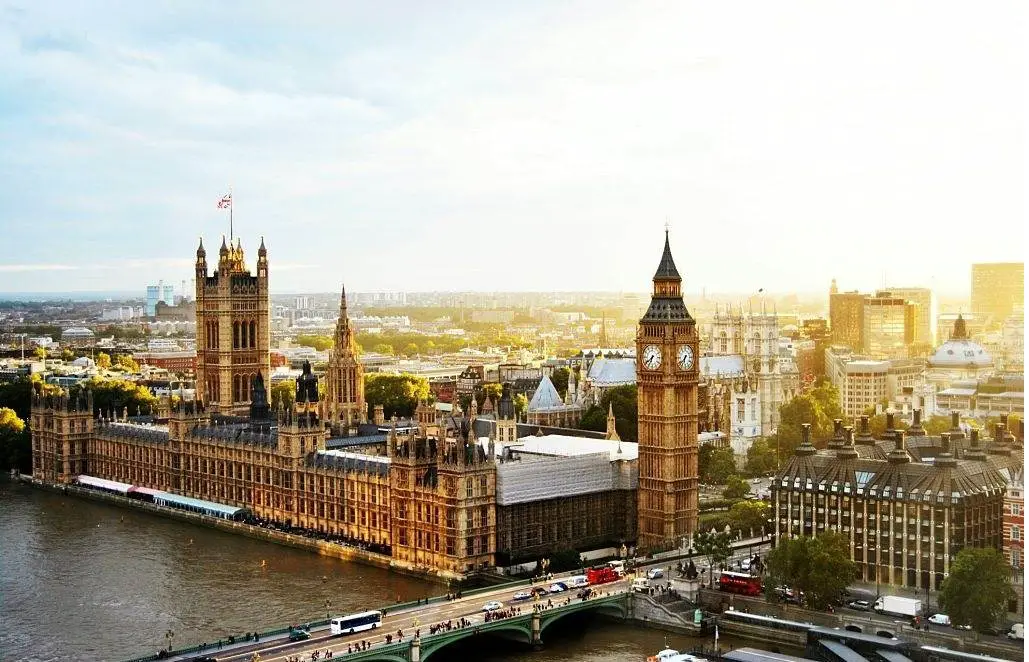Summary
- The Colonial-era Government Quarter evolved from a strategic seat of power into a notable cultural landmark.
- Blending global architectural designs with local materials forged unique buildings expressing governance and prestige.
- Intellectual and artistic pursuits flourished within the quarter, shaping social progress and cultural diversity.
- Preservation efforts, including adaptive reuse, keep the quarter’s history alive for modern audiences to explore.
Colonial-era Government Quarter in Vietnam has long been a cornerstone of the country’s historical tapestry, encapsulating centuries of political evolution, architectural heritage, and cross-cultural influences. Nestled predominantly in Hanoi, though present in other major cities to varying degrees, these governmental and administrative enclaves emerged during the late 19th and early 20th centuries under French colonial rule. Although time has inevitably introduced change, the legacy of neoclassical buildings, wide boulevards, and meticulously planned landscapes remains a testament to an era that significantly shaped Vietnam’s modern identity. From the perspective of historical enthusiasts to casual travelers seeking architectural marvels, this quarter offers a profound window into the complexities of Vietnam’s colonial past and its lasting impact on the nation’s political, cultural, and social present.
This article aims to provide a nuanced and comprehensive exploration of the Colonial-era Government Quarter in Vietnam, delving into its origins, architectural features, cultural importance, and practical travel tips for visitors. Within these paragraphs, you will gain insight into how this area emerged during a transformative period in Vietnamese history, how it functioned as a nerve center of government, and how it continues to uphold significance in the modern era. While focusing on Hanoi’s Government Quarter as the prime example, references to other cities’ colonial remnants will illustrate the broader national narrative. Ultimately, this journey through Vietnam’s past will highlight the confluence of local tradition and foreign inspiration, underscoring why the Colonial-era Government Quarter is an enduring symbol of Vietnam’s dynamic evolution.
Origins and Historical Context
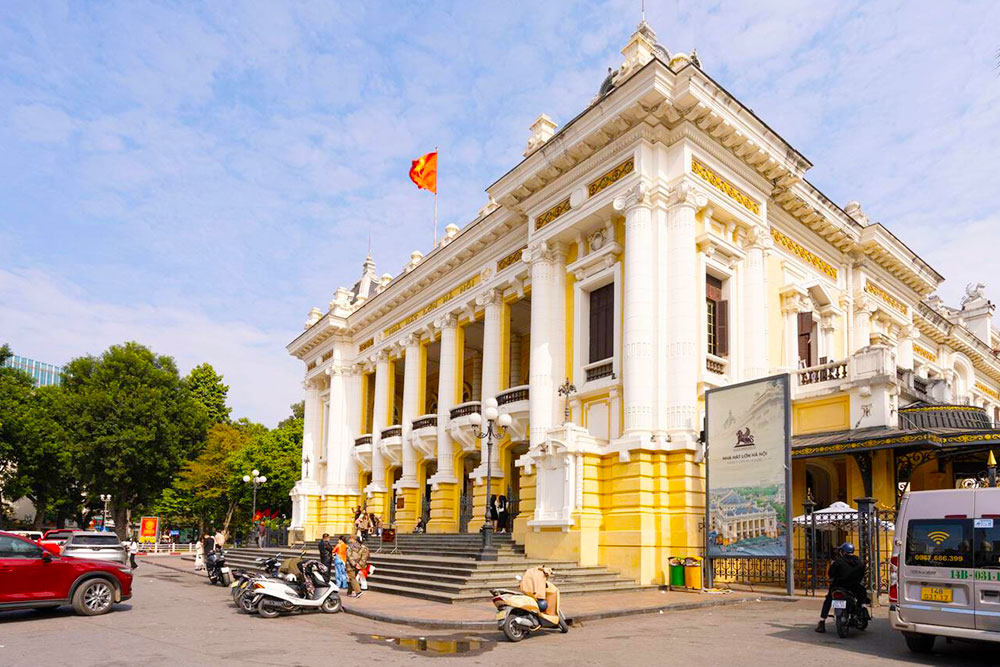
French colonial involvement in Vietnam began earnestly in the mid-19th century, although earlier interactions took place through missionary work and limited trade. By the late 1800s, France had solidified its foothold in what was then referred to as French Indochina, encompassing Vietnam, Cambodia, and Laos. The primary catalyst for French expansion was economic interest, emphasizing resource extraction and establishing new markets for French goods. The colonial administration also aimed to exert cultural and educational influence, often called the “civilizing mission,” which significantly shaped Vietnam’s urban landscapes.
As part of this expansive colonial endeavor, the French administration introduced European-style planning principles, including orderly street grids, wide avenues, and zones dedicated to administrative buildings. Hanoi, as the capital of French Indochina from 1902 onward, was central to these modernization efforts. Wide boulevards were designed to mirror those in Paris, tree-lined streets evoked a European aesthetic, and large administrative complexes were constructed to house colonial officials. This reorganization of urban space gave birth to what is today recognized as the Colonial-era Government Quarter in Hanoi and, to a lesser extent, in other Vietnamese cities such as Saigon (now Ho Chi Minh City) and Da Lat.
By the early 20th century, the French had initiated a systematic transformation of Hanoi into an administrative hub. Key administrative buildings appeared near each other, forming a distinct quarter that was purpose-built for colonial governance. The French Governor-General’s residence, judicial offices, financial institutions, and other administrative departments were concentrated in this carefully mapped zone. Streets were named after French military figures and administrators, further embedding colonial identity into the local geography.
This planned coherence in the Government Quarter served multiple purposes. Practically, it streamlined colonial administrative tasks by keeping key offices within short distances. Symbolically, it projected the power and authority of the French colonial government, asserting its cultural and political dominance over Vietnam. Additionally, it exemplified the French worldview of scientific rationalism and spatial organization, as seen in the symmetrical layouts and neoclassical building facades. The area became an administrative center and a demonstration of French sophistication and artistic sensibility in what they considered a “frontier” locale.
The quarter’s evolution was far from static. Vietnam’s turbulent 20th century, marked by struggles for independence, war, and subsequent reunification, left indelible marks on this colonial enclave. During the tumultuous years of Japanese occupation (1940–1945), these buildings served shifting administrative functions. After the Geneva Accords of 1954, when North Vietnam and South Vietnam were divided, Hanoi assumed the role of capital for the Democratic Republic of Vietnam (North Vietnam), effectively inheriting most of the colonial administrative structures. Over time, Vietnamese governments modified or repurposed these buildings, but the essential historical identity remained visible in the architecture and street layouts.
In the post-colonial period, these structures became sites of national governance. Some were adapted to house new ministries, government guesthouses, or diplomatic missions. Preservation efforts have gained momentum since the economic and political reforms of the late 20th century, commonly referred to as “Đổi Mới,” leading to a renewed appreciation for the country’s colonial heritage. This revitalized interest has helped maintain the architectural integrity of many structures, ensuring they remain a living testament to Vietnam’s vibrant, if complex, past.
Exploring the Colonial-era Government Quarter
1. Geographic Layout and Key Landmarks
Often referred to as part of Hanoi’s “French Quarter,” the Colonial-era Government Quarter stretches roughly from the area near Hoàn Kiếm Lake to the Ba Đình District, although the demarcations can vary. This section of the city showcases grand avenues such as Tràng Tiền, Lý Thường Kiệt, and Trần Hưng Đạo, each lined with trees and featuring colonial edifices now repurposed for various ministries, embassies, or commercial establishments. The Opera House, an architectural marvel inspired by the Palais Garnier in Paris, typically acts as a landmark that welcomes visitors into this historical zone.
Adjacent to the Opera House stand the National Museum of Vietnamese History and the Museum of the Revolution (now the National Museum of History’s second campus). These institutions occupy repurposed colonial buildings and hold valuable collections that trace Vietnam’s ancient heritage and modern transformations. Another key sight includes the Government Guesthouse, a building that once served the Governor-General of Indochina. Farther west, the Presidential Palace stands amidst lush botanical gardens, showcasing the neoclassical grandeur typical of early 20th-century French design.
2. Architectural Features
A stroll through this quarter reveals a distinct blend of European and indigenous Vietnamese influences in buildings. Many structures adopt neoclassical or beaux-art styles characterized by symmetrical facades, intricate stone or stucco ornamentation, and tall columns supporting grand porticos. Some also feature sloping tile roofs adapted to Vietnam’s tropical climate, a testament to the architectural synergy between French design principles and local environmental considerations.
Balconies wrapped in wrought iron, large shuttered windows, and bright pastel colors further accentuate the colonial aesthetic. In certain cases, decorative elements display motifs inspired by local flora and fauna, subtly weaving indigenous art forms into an otherwise predominantly European design. This fusion underscores the cultural interplay that defined the colonial period, wherein traditional Vietnamese artisans worked under French directives yet left their mark on the finished creations. Regardless of whether these buildings currently serve as ministry offices, museums, or upscale hotels, each retains a visible link to the era that birthed it.
3. Cultural Highlights and Nearby Attractions
Beyond government or administrative functions, the quarter is home to cultural and social venues that contribute to Hanoi’s energetic vibe. The Hanoi Opera House regularly hosts performances of both classical and contemporary music, cultural festivals, and theatrical productions. Tourists and locals alike frequent high-end cafes, bakeries, and boutiques that occupy renovated colonial storefronts along streets like Ngô Quyền and Hai Bà Trưng. Cuisine options range from traditional Vietnamese fare, such as phở and bún chả, to French-inspired patisseries serving croissants, éclairs, and strong European-style coffee.
Just a short walk away lies Hoàn Kiếm Lake, a central fixture in Hanoi’s public life. The lake’s surrounding district features a medley of historical sites, upscale shops, and bustling sidewalks that complement the more sedate elegance of the Colonial-era Government Quarter. On weekends, the area around the lake often transforms into a pedestrian-only zone, hosting street performances, traditional games, and art exhibits. This interplay of colonial legacy and local vibrancy contributes to Hanoi’s reputation as one of Asia’s most culturally rich capital cities.
Architectural and Cultural Significance
During the colonial era, the Government Quarter epitomized French authority. Each building was not just an office; it was an assertion of French might, both technologically and culturally. Tall ceilings, expansive corridors, and the liberal use of imported materials like marble or cast iron were designed to impress local elites and visiting dignitaries, reinforcing the aura of colonial supremacy. The central location also made the quarter highly visible, serving as a daily reminder of foreign governance in a historically proud land.
In post-colonial Vietnam, the symbolic value of these buildings evolved. No longer a demonstration of foreign control, they became seats of the country’s independent administration. Ministries and government bodies took up residence within these grand halls, repurposing them for the management of a unified Vietnam. Thus, the quarter serves as a living chronicle of shifting power dynamics: from colonial occupation to national self-determination.
The architecture in the Colonial-era Government Quarter stands as a rare fusion of Western and Eastern design principles. It exemplifies the adaptive creativity that emerges when foreign influence meets local tradition. Features such as wide verandas and raised foundations help mitigate Hanoi’s hot, humid climate, while the French beaux-art stylings reflect classical European tastes. This blend is evident in details like Vietnamese-inspired reliefs adorning columns and arches or the strategic orientation of buildings for optimal airflow—an approach deeply rooted in indigenous architectural wisdom.
Urban planning also exhibits this cross-cultural exchange. The French introduced rational zoning and standardized street grids, which impacted how Vietnamese cities would expand in subsequent decades. Yet Vietnamese elements persisted, such as the emphasis on courtyards, communal spaces, and incorporating local flora in landscaping plans. In modern times, many of these structures have been updated with contemporary amenities yet still retain their century-old charm, bridging past and present.
Preserving the Colonial-era Government Quarter has not always been straightforward. In the immediate post-independence era, the new government faced economic hardships, war recovery, and ideological shifts that did not prioritize architectural conservation. However, attitudes began to change as Vietnam entered the Đổi Mới era in the late 1980s and 1990s. Gradual openness to foreign investment, tourism, and cultural exchange spurred efforts to restore and maintain heritage sites.
Today, collaboration between government agencies, local historians, architects, and international organizations like UNESCO fosters the protection of this architectural legacy. While some buildings remain closed to the public due to their ongoing governmental functions, others—such as the Opera House or museum sites—undergo periodic renovations to safeguard their historic value. Private-sector involvement also plays a role, evident in heritage hotels and restaurants that occupy restored colonial buildings, striking a balance between commercial viability and cultural preservation.
Present-Day Relevance and Visitor’s Guide
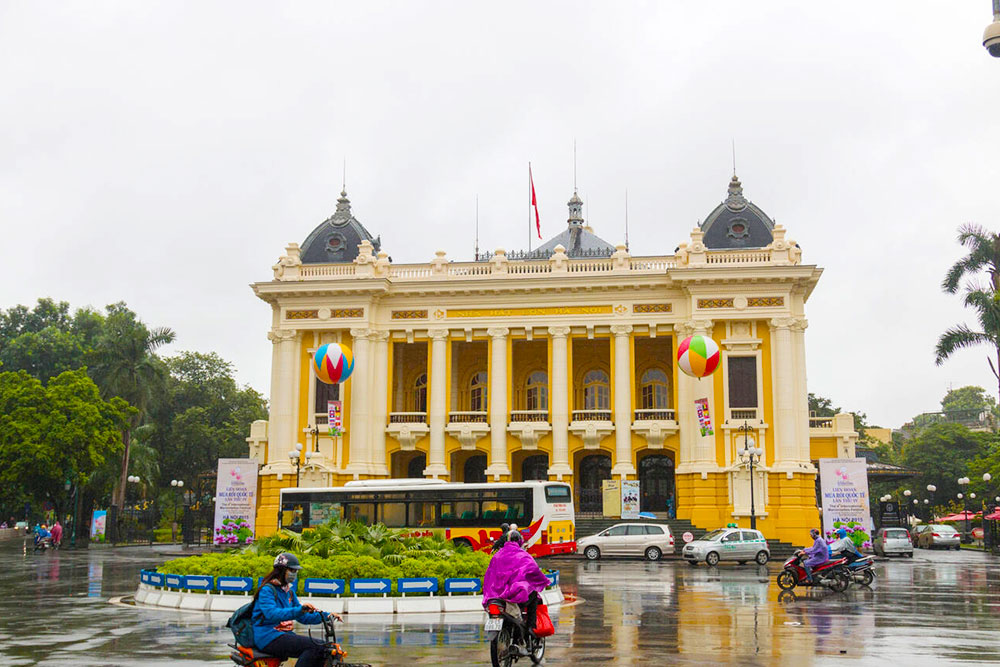
Though steeped in history, the Colonial-era Government Quarter remains a functional district in modern Vietnam. Several ministries, including the Ministry of Foreign Affairs, still operate in refurbished colonial buildings. High-level diplomatic meetings, state ceremonies, and national conferences often occur within these historic walls. Such usage underscores the continuity and adaptability of the quarter’s infrastructure, which has successfully served successive governments from colonial times through independence and into the 21st century.
Diplomatic missions and embassies also find a home in these stately edifices. For instance, some European embassies occupy renovated villas dating back to the early 1900s, adding to the cosmopolitan atmosphere. The presence of foreign diplomats and international organizations fosters a global exchange of ideas and cultural events, enlivening the quarter’s character and making it more than just a historical relic. Indeed, these buildings contribute to Hanoi’s role as a political, economic, and cultural capital on the global stage.
2. Tourist Activities and Travel Tips
- Walking Tours: One of the best ways to appreciate the architectural detail and ambiance is by walking. Several tour operators offer guided walks that delve into the history, architecture, and anecdotal lore of the quarter. Alternatively, travelers can explore independently with the help of guidebooks or digital maps.
- Photography: The neoclassical buildings, tree-lined avenues, and hidden courtyards make for striking photographic subjects. Mornings are generally quieter and provide optimal lighting for capturing the quarter’s charm.
- Cultural Performances: Visitors can enjoy a variety of artistic experiences at the Hanoi Opera House, including classical concerts, ballet, and local music ensembles. Checking the official schedule is recommended, especially during peak tourist seasons.
- Museums and Galleries: The National Museum of Vietnamese History offers a deep dive into the nation’s past, housed in a colonial building that tells a story. Nearby art galleries and cultural centers frequently host exhibitions, introducing travelers to contemporary Vietnamese creativity alongside historical artifacts.
- Cafés and Cuisine: From street-side vendors selling traditional Vietnamese snacks to refined French-style bistros, the quarter’s culinary scene is remarkably diverse. Experiment with local dishes (like bún nem or nem rán) and French-inspired pastries to savor the unique gastronomic fusion reflective of the area’s historical background.
3. Practical Considerations
For first-time travelers, a few practical considerations can elevate the experience:
- Dress Code: Some government buildings and museum complexes may have modest dress requirements, so it is prudent to wear respectful attire.
- Security Protocols: Active government offices, embassies, or official residences may have restricted areas. Always observe posted signs and follow instructions from security personnel.
- Peak Times: Hanoi can be extremely busy, especially during local holidays like Tết (Lunar New Year) or national celebrations. Plan trips outside peak seasons or visit early in the day for a more relaxed exploration.
- Local Etiquette: Politeness and respect for local customs go a long way. Greet officials or staff courteously and refrain from loud or disruptive behavior, especially in quiet museum halls or around solemn memorials.
4. Broader Implications for Urban Identity
The Colonial-era Government Quarter has played an instrumental role in shaping Hanoi’s identity as a blend of old and new. The district’s orderly layout contrasted sharply with the organic, labyrinthine arrangement of the Old Quarter, creating a dualistic cityscape that endures today. As Vietnam continues to urbanize rapidly, questions arise about integrating modern developments without undermining the character of historic neighborhoods.
In many respects, these colonial structures' successful preservation and continued use offer a roadmap for sustainable urban planning. By balancing contemporary needs—office space, diplomatic missions, commercial establishments—with the desire to retain architectural heritage, Hanoi exemplifies how cities can respect their past while looking toward the future. This dynamic is especially poignant in a rapidly developing nation like Vietnam, where economic growth can sometimes overshadow cultural conservation.
Conclusion
The Colonial-era Government Quarter is an irreplaceable chapter in Vietnam’s ongoing story—a physical embodiment of a period when French imperialism reshaped the country’s political structures and urban aesthetics. Yet rather than relegating these buildings to silent monuments of subjugation, post-independence Vietnam has woven them into national governance, diplomacy, and culture. The quarter's architecture underscores the complex cultural exchange during decades of colonial influence with its seamless blend of French neoclassical design and Vietnamese adaptations.
Today, the Colonial-era Government Quarter appeals to a broad spectrum of visitors: history buffs seeking insight into the country’s political transformations, architecture aficionados marveling at the French-inspired designs, and casual tourists drawn by the area’s scenic boulevards and lively cafés. Its significance extends beyond mere aesthetics, offering lessons about adaptability, heritage preservation, and the evolving nature of political power. Navigating these streets, one senses a tangible continuity between past and present—a reminder that history is not confined to books or museums but lives on in the structures we inhabit daily.
By acknowledging the quarter’s multiple layers of meaning, travelers and locals alike can develop a deeper appreciation for Vietnam’s resilience and cultural multiplicity. In a world where rapid modernization sometimes threatens historical identity, the Colonial-era Government Quarter is a testament to thoughtful preservation and the power of heritage to inform and enrich the present.
Reserve our tailored Vietnam travel packages today and elevate your travel experience. By choosing our tours, you’ll witness the country’s stunning landscapes, embrace its vibrant cultural heritage, and visit remarkable landmarks—ensuring memories that will last a lifetime.

